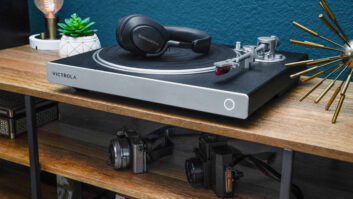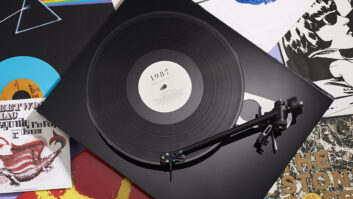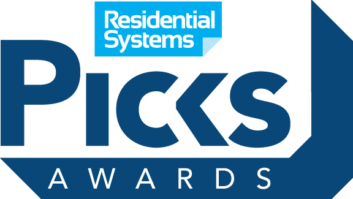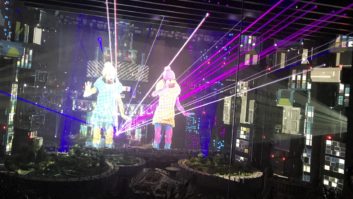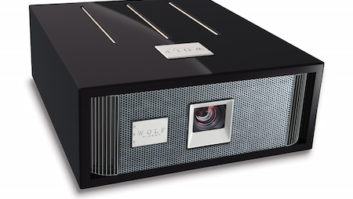
CES has evolved greatly over the years to include more and more to include products that, while interesting, aren’t anything like products one would find at the much more targeted AV integration trade show, CEDIA EXPO. In fact, finding products that are truly relevant to the custom integration trade isn’t simple at all within the massively spread out CES real estate. This year, I took a more holistic approach to explore the broader technology categories on display.
At the traditional center of CES (Central Hall), the Asian CE manufacturers maintained their massive booths, focusing on the various incarnations of advanced TV designs, from 4K/UHD (curved or flat), HDR, OLED, and Quantum Dots, (see Michael Heiss’ report on p. 20). A short bus ride to the Venetian Hotel provided another traditional area familiar to CI-oriented attendees, the high-performance audio manufacturers in the Venetian Suites. However, just downstairs from there in the Sands Expo hall, was quite a different CES from years past. Within this exhibit area, to borrow some words John Sciacca’s Resi blog on the subject, “there was row upon row of wearables and technologies designed to monitor your health and well being and track and encourage you to a more active lifestyle. There were sensors to tell you how far you’d run, sensors to track the arc of your basketball shots, monitors to let you know when your heart needed a break, and breathalyzers to let you know when you’d had too much.”
In the Sands, I was entertained the moment I walked up to a, endurance diver in a water tank demonstrating a wearable heart rate monitor. At one point I was even lured into a booth to have electrical stimulation pads attached to my back to ease the tension in my shoulder muscles. But within the same hall were consumer-grade 3D printers, a whole row of drone aircraft, and an area called Eureka Park, which contained a row of exhibitors in start-up mode.
Again, to borrow from Mr. Sciacca, “nearly everything was connected in some manner, [including] items that you would never think needed to be “smart” enabled. Toothbrushes that tracked kid’s brushing time and had games to encourage brushing (Kolibree). Devices that floated in your pool and reported temperature, PH, and chlorine levels that could then suggest the right chemicals to throw in (Sutro). Irrigation systems that monitor weather patterns to determine if they should turn the sprinklers on or not (Skydrop). A high-end home brewing kit that monitors your current batch, suggests recipes, and allows for the perfect hop addition timings and cooking (PicoBrew). A smart battery that turns any smoke detector into a smart device to not only notify you of any fires but prevents the dreaded 3 a.m. chirp (Roost).
It was exciting stuff, even if not all of it will pan out. However, it renewed my excitement for consumer electronics and made me ponder where, if at all, some of these products will fit into the integrated home.
